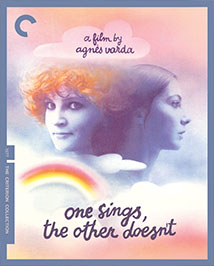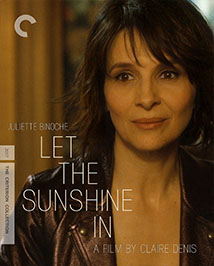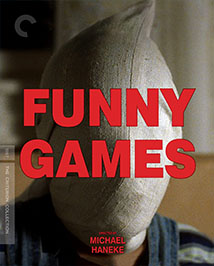Best of Criterion’s New Releases, May 2019

Each month, Paste brings you a look at the best new selections from the Criterion Collection. Much beloved by casual fans and cinephiles alike, Criterion has for over three decades presented special editions of important classic and contemporary films. You can explore the complete collection here. In the meantime, because chances are you may be looking for something to give the discerning (raises pinkie) cinephile this month, find all of our Criterion picks here, check out some of our top titles this May, and, hey, maybe sign up for Criterion’s Criterion Channel, which launched just last month.
-

-

-

-

-

-

-

-

-

-

-

-

-

-

-

-

-

-

-

-

-

-

-

-

-

-

-

-

-

-

-

-

-

-

-

-

-

-

-

-

 One Sings, the Other Doesn’t
One Sings, the Other Doesn’t Let the Sunshine In
Let the Sunshine In Funny Games
Funny Games Blue Velvet
Blue Velvet






































